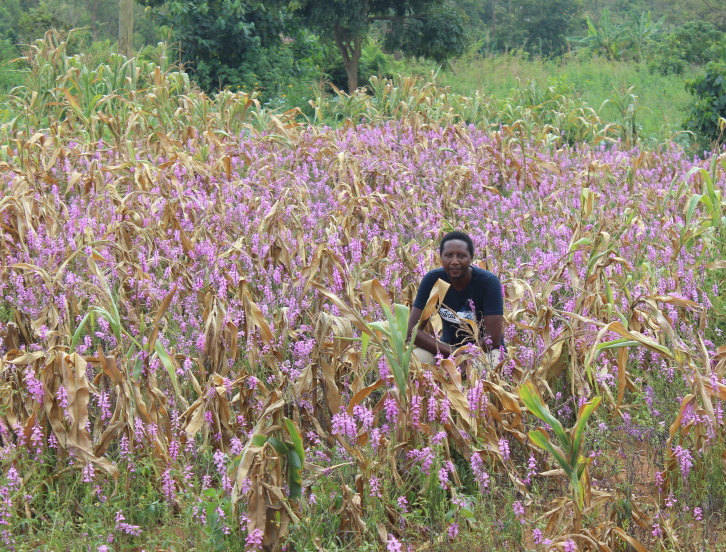
Kenya Publishes Genome Editing Regulations Becoming Second African Country To Do So
March 16, 2022| |
Kenya's National Biosafety Authority (NBA) has published Genome Editing Guidelines, marking an important step towards the development of a genome editing regulatory framework in the country. After Nigeria, Kenya becomes the second African country to publish such guidelines.
The published guidelines provide clarity on which genome-edited organisms and/or derived products will be regulated under Kenya's Biosafety Act, and which products are regulated as conventional varieties or breeds. “The Guidelines will lead applicants and reviewers on the approach to take while submitting and reviewing applications for consideration of projects at research, trials, and commercial release of products of this technology,” explained Dr. Roy Mugiira, NBA's acting Chief Executive Officer.
The main feature of the Guidelines is the provision for early consultation to determine the regulatory pathway to be adopted in view of potential outcomes of genome editing procedures. An applicant is required to submit an Early Consultation Form to the NBA providing data on their project experimental processes and end product to establish whether it should be regulated under the Biosafety Act or not.
The Guidelines also outline considerations or scenarios for regulation of genome editing techniques and derived products either under the Biosafety Act or not. Genome editing and derived products that will not be regulated under the Biosafety Act include; modifications made by inserting genes from sexually compatible species, deletions/knockouts without foreign genetic material in the end-product, and processed products whose inserted foreign genetic material cannot be detected. A decision will be made on a case-by-case basis.
“The decision on early consultation by the NBA will be communicated to the applicant within 30 working days. However, genome editing projects that do not have the required data will be regulated under the Biosafety (Contained Use) Regulations 2011,” reads part of the Guidelines. The scope of these Guidelines does not extend to detailing how risk assessment and risk management of genome-edited products will be conducted.
Read the published Genome Editing Guidelines for more information.
| |
You might also like:
- Genome Editing Resource
- African Coalition for Communicating Genome Editing Launched as Bioscience Symposium Concludes
- The Regulatory Landscape for Genome-edited Plants is Rapidly Changing, Experts Say
Biotech Updates is a weekly newsletter of ISAAA, a not-for-profit organization. It is distributed for free to over 22,000 subscribers worldwide to inform them about the key developments in biosciences, especially in biotechnology. Your support will help us in our mission to feed the world with knowledge. You can help by donating as little as $10.
-
See more articles:
-
News from Around the World
- FAO DG Tackles Food Security Impact of Russia-Ukraine Conflict, Presents Policy Recommendations
- DSI Scientific Network Calls Support for Equitable and Open Policy Solutions for DSI
- Massive Genomic Project to Benefit African Biodiversity, Science Community
- US EPA Approves Oxitec's Mosquito Pilot Projects in California and Florida
- USDA APHIS Deregulates Plant-Parasitic, Nematode-Protected, and Herbicide Tolerant GM Soybean
- Friendly™ Fall Armyworm Reduces FAW Populations on Commercial Bt Corn Farms in Brazil
- EFSA Releases Scientific Opinion on Four-Event Stack GM Maize
-
Research Highlights
- International Research Team Sequences Bread Wheat Genome; Finds Gene for Stripe Rust Resistance
- Oligonucleotide-based Method Offers Precise Control Over Weeds
- Brazil Nut Genome Sequenced to Enhance Breeding of Tree Species
-
Plant
- Kenya Publishes Genome Editing Regulations Becoming Second African Country To Do So
- FDA Clears Marketing of Genome-Edited Beef Cattle
-
Read the latest: - Biotech Updates (December 17, 2025)
- Gene Editing Supplement (December 17, 2025)
- Gene Drive Supplement (February 22, 2023)
-
Subscribe to BU: - Share
- Tweet

